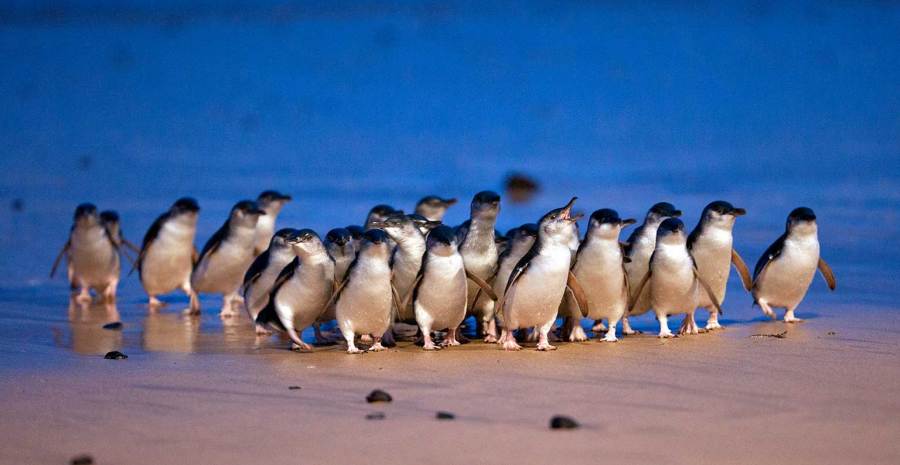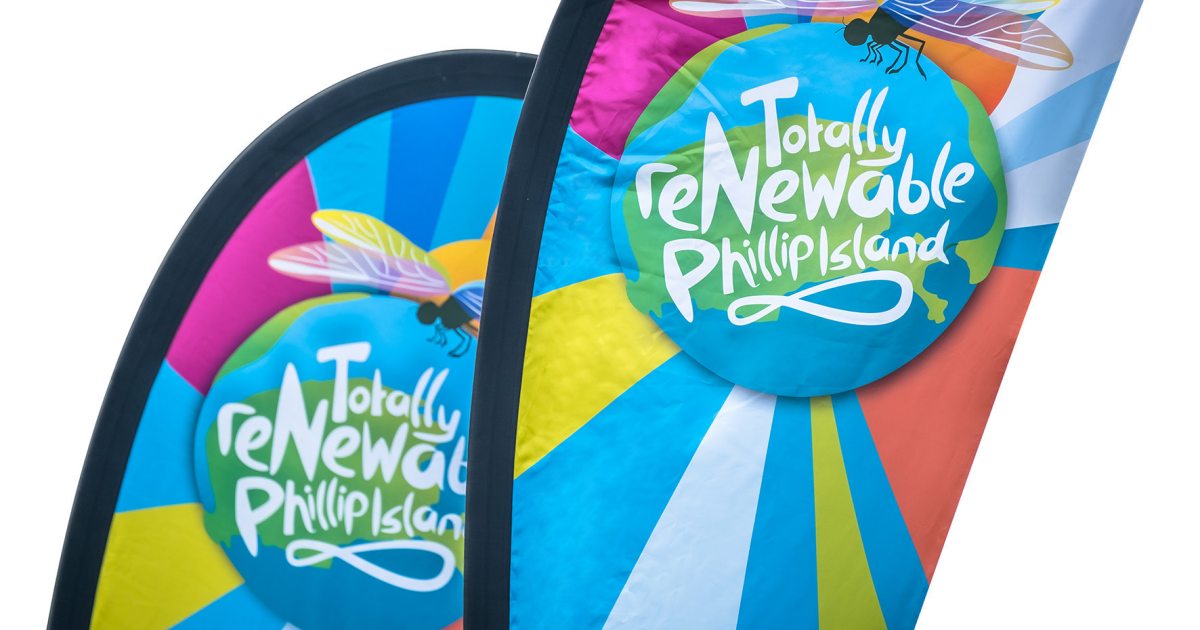A proposed community battery energy storage system for Victoria’s Phillip Island has been announced by AusNet Services and Mondo.
Phillip Island is situated around 125 km south-southeast of Melbourne’s CBD. Located in Western Port Bay, the island was named after the first Governor of New South Wales – Arthur Phillip. But long, long, long before Arthur Phillip even existed, the Yallok Bulluk people of the Bunurong/Boonwurrung clan named the island “Millowl”.
Today, Phillip Island is home to around 12,000 people, around a third of whom live in Cowes on the northern side of the island. The island also attracts many visitors – a favourite attraction being the Penguin Parade at Summerland Beach, where Little Penguins come ashore in large numbers.

Photo: Phillip Island Nature Parks
Phillip Island Community Energy Storage System
Electricity is supplied to Phillip Island by Distributed Network Services Provider (DNSP) AusNet Services.
Yesterday, Ausnet Services and Mondo announced the proposed Phillip Island Community Energy Storage System (PICESS). Working with community groups Totally Renewable Phillip Island (TRPI) and the Energy Innovation Cooperative, the two companies will nut out how a community battery can provide the most benefit to residents.
“Mondo is excited to be supporting the co design of the future of energy for the residents of Phillip Island and believe in the value of distributed energy resources to support the creation of new energy eco-systems for customers and communities alike,” said Mondo’s Jodie Hallam.
It’s envisioned a 10MWh “Lithium-Ion Phosphate” battery will be integrated, which I assume means Lithium Iron Phosphate (LFP/LiFePO4) – the type of battery chemistry. LFP chemistry is pretty popular and is widely regarded as the safest of all the common commercially available chemistries.
Speaking of popular: on Phillip Island, solar panels on the rooftops of homes and businesses are a very common sight.
More than 1,790 small-scale solar power systems have been installed to date – a great effort given the number of residents. This proposed community battery could act as a “solar sponge” during the daylight hours, delivering that stored solar energy goodness back to residents during the night.
It’s also expected to deliver greater reliability in electricity supply generally, especially during peak holiday periods. I’m not sure if it’s still the case, but in the past AusNet had to fire up diesel generators to supplement electricity supplies during the tourist season.
Phillip Island’s Totally Renewable Goal
Totally Renewable Phillip Island kicked off in June 2018 after a community energy public forum featuring speakers such as Matt Charles Jones from Totally Renewable Yackandandah.
The response at the public meeting to the idea of turning Phillip Island into carbon neutral community powered by renewables by 2030 was enthusiastically embraced – as has this proposed project.
“It is terrific to see our plans and targets take shape, and we are looking forward to cooperatively uncovering the ways the battery being introduced by AusNet and Mondo, can turbo charge our sprint toward 100% renewable energy,” said TRPI Chair, Mary Whelan.
Online information sessions for the local community on the battery storage project are to be held on Sunday 24 and Monday 25 October.
Trivia: The largest solar power systems on the island are at the Phillip Island Visitor Centre (206kW) and Newhaven College (243kW).


 RSS - Posts
RSS - Posts



Speak Your Mind